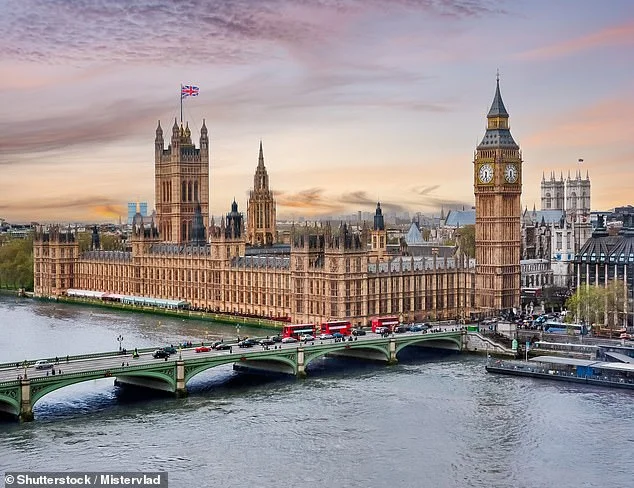Plans to pour billions into restoring the Palace of Westminster are once again stirring debate in Parliament.
After years of delays, officials are now pushing proposals that could see the iconic building undergo a complete overhaul — though concerns remain about the true costs and the practicalities of moving MPs out of the historic site.
The Debate Over Moving Out
At the heart of the controversy is whether MPs should vacate the palace entirely during renovations or attempt to stay while work is carried out around them.
Reform Party leader Nigel Farage has been vocal about preferring a “work-around” approach, arguing that the building can be modernised without a full evacuation.
Critics, however, warn that if MPs leave, they may never return, and the centuries-old chambers could be repurposed as a museum.
Costs Keep Climbing
The figures are eye-watering. Preparatory works alone are expected to cost £3 billion, while a full evacuation — known as the “full decant” plan — could push the total bill to around £9 billion.
Backers of the decant argue it is ultimately the cheaper and faster option to save the crumbling structure, though some warn that either plan could end up far more expensive than initial estimates.
A Building in Crisis
The Palace of Westminster has been ailing for decades.
Originally rebuilt after a fire in 1834, the Victorian-era structure is riddled with fire-safety risks, leaking roofs, and asbestos.
Past reports have even suggested that if the building weren’t a listed heritage site, demolition might be recommended.
In 2017, plumbing issues were exposed when sewage seeped into a basement, highlighting the urgent need for comprehensive repairs.
MPs Prepare to Vote
According to sources, MPs and peers will be asked early next year to approve the £3 billion of preparatory works first.
Only then will they vote on whether to vacate the building entirely or attempt renovations while remaining in place — an approach that could take up to 70 years to finish.
What Life Could Look Like Outside Westminster
Under the full decant proposal, MPs would temporarily meet in a purpose-built Commons Chamber in Richmond House, while the House of Lords would relocate to the QE2 conference centre.
Supporters argue this approach allows restoration to proceed efficiently, while critics fear delays and unforeseen complications could prevent a return to the palace.
Transparency and Scrutiny
Some MPs are pressing for clearer, more transparent planning.
“It’s clear the full decant is now the favoured option, but I fear we’ll be conned over the true cost,” one source told reporters.
Others voiced concerns that once Parliament moves out, restoration hurdles could permanently turn the historic chambers into a museum rather than a working parliamentary site.
Farage Calls for a Work-Around
Nigel Farage emphasised that he supports investing in Westminster’s future but favours keeping MPs on site during renovations. “It’s one of the most iconic buildings in the world.
It needs modernising desperately, but I would favour the work-around option,” he said.
Parliament Responds
A UK Parliament spokesperson said: “We remain on track to bring costed proposals for the restoration of the Palace of Westminster to both Houses this year, detailing costs, timescales, risks and benefits of the delivery options.
All of which represent a significant, multi-billion-pound investment in the Palace.”
What Comes Next
With the votes looming in the New Year, MPs face tough choices: a radical evacuation that could take over a decade to complete, or a slower, potentially costlier renovation while remaining in the palace.
Either way, Westminster’s future is set to dominate headlines for years to come.
Share on Facebook «||» Share on Twitter «||» Share on Reddit «||» Share on LinkedIn